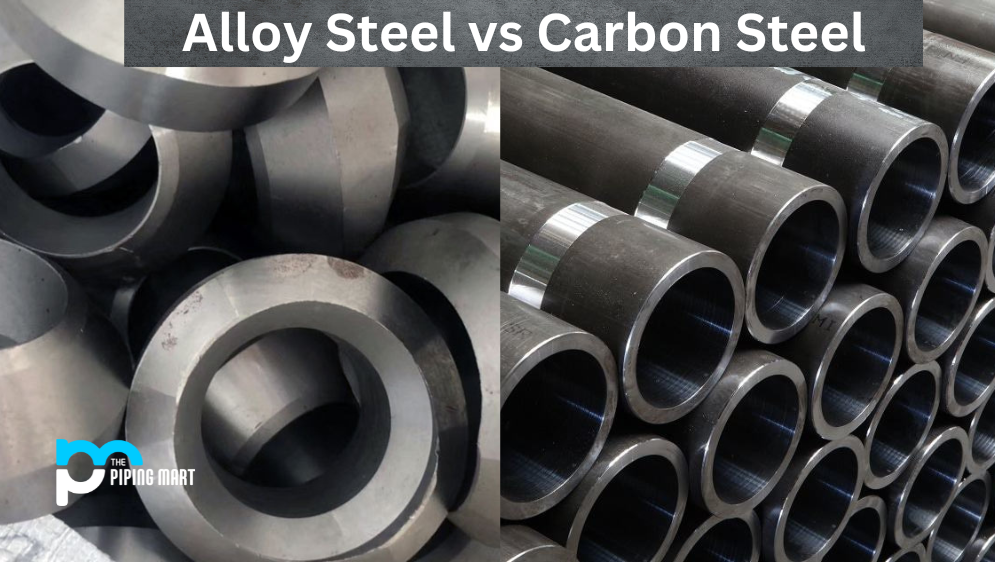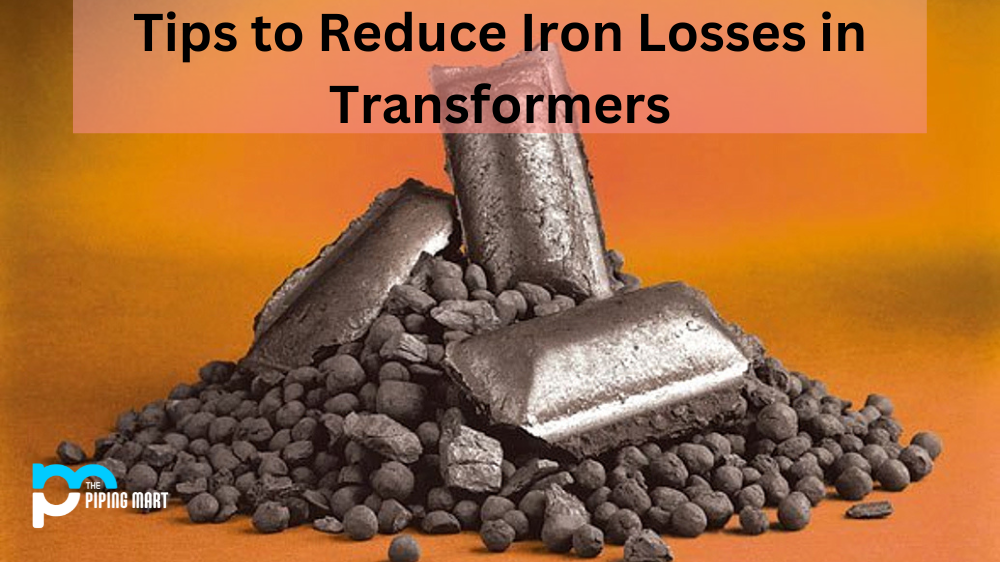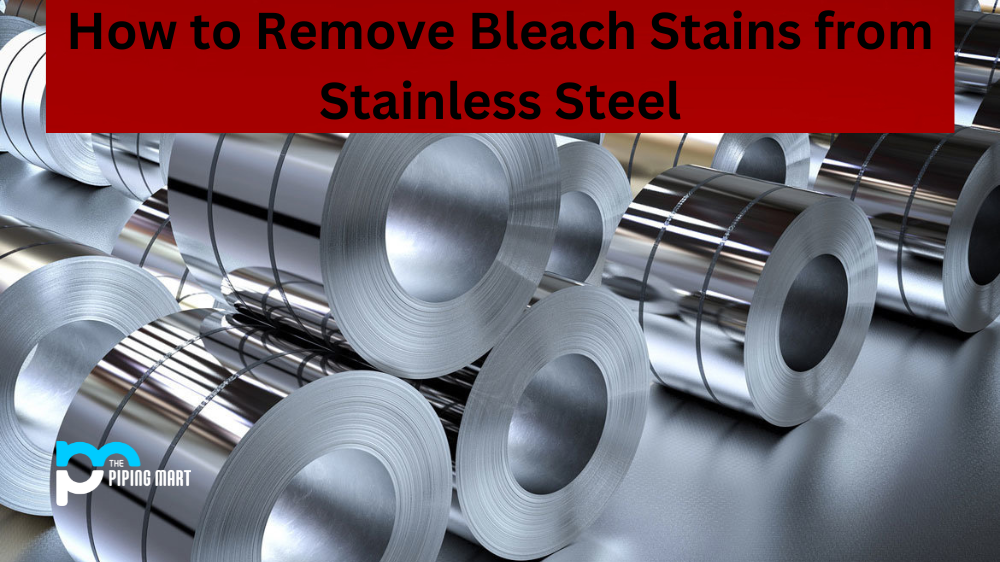Alloy and carbon steel are two of the most commonly used materials in the manufacturing industry. Each of these metals has its own unique properties and applications, but many people are often confused as to which one is better suited for their needs. In this blog post, we’ll be taking a look at the key differences between alloy and carbon steel so that you can make an informed decision when it comes to selecting the right type of metal for your project
What is Alloy Steel?
All has known of stainless steel for sure beforehand. It is the finest cookware stuff such as pots and saucepans. Any metal combination is called an alloy. Another example of an alloy that we are going to address today is an alloy steel. This is a type of steel combined with one or more of the following elements at different rates: manganese, iron, nickel, titanium, copper, chromium, and aluminium. The distinction between stainless steel and alloy steel is that alloy steel is composed of nickel and copper-like materials.
Manganese enhances steel at elevated temperatures, as it stops unnecessary product growth, particularly iron sulfide. Nickel and copper increase the steel’s strength and hardness, as well as retaining corrosion and oxidation resistance. Copper is used in extremely small quantities but it often improves the strength and tolerance to corrosion of the material. Aluminum prevents the formation and growth of certain impurities, such as austenite rocks. Chromium is a crucial alloying material that serves as an essential resistant to corrosion and wear & tear. This also allows steel to harden, as it responds strongly to heat treatments.
Alloy steel has two types: high & low alloy steel. Which depends on the alloying elements percentage; high alloy steel has a low percentage. Low-alloy steel typically comprises 1-5% alloy components, making it more suited for applications involving mechanical properties. And stainless steel is the most famous example of high alloy steel. Chromium rates differ, giving rise to different forms of stainless steel. There is at least 12 percent chromium, and in certain steels it can grow to 27 percent; depending on their application.
What is Carbon Steel?
Carbon steel is another type of steel to be used in this piece. In this type of steel the main element is not iron, but carbon. The higher the carbon content, the faster you can harden the metal when heating it up. Small, medium, and high carbon steel are also available. In low carbon steel, the carbon content combined with 0.4 percent manganese does not reach 0.25 percent. It is the cheapest carbon steel and they can be used because they can be conveniently molded in many applications. Medium carbon steel consists of a fixed carbon content of 0.54 per cent and 1.65 per cent manganese. The higher carbon content makes this kind of steel heavier, as well as wear resistance. However, this diminishes their ability to form quickly. While high carbon steel has a carbon content of up to 0.9%.
This type of carbon steel is the hardest and most difficult to design, and is therefore only used where it is really required. Any of its applications include pipes, tubes, and knives. If you’re a lover of chemistry, you’d know that the various types of carbon are really solid. In addition, diamonds, the hardest substance on earth, are made of carbon. That may understand why, when carbon is combined with iron, it is enough alone with no additional elements to reinforce it.
Difference Between Alloy steel and Carbon steel
The main difference between alloy steel and carbon steel is that alloy steel is comprised of additional elements other than just iron and carbon, such as manganese, silicon, nickel, titanium, copper, chromium, and aluminium. These additional elements give alloy steel better mechanical properties compared to plain carbon steel, such as increased strength and hardness or improved corrosion resistance, depending on what combination of elements it contains.
Another important difference between alloy steel and carbon steel is that alloy steel is more difficult to work with than carbon steel. This is because alloy steel is much harder and more difficult to bend and shape than carbon steel. Alloy steel also requires more heat and higher temperatures to be treated, whereas carbon steel does not.When it comes to cost, alloy steel is more expensive than carbon steel. This is because alloy steel contains other elements that add to its cost. Carbon steel is much less expensive and is the most common type of steel used in many industries.
Properties & Uses
When it comes to deciding between alloy or carbon steel for a particular application, there are several factors to consider, such as cost, strength, corrosion resistance, wear resistance, weight, and aesthetics. Generally speaking, alloy steels will be more expensive than plain carbon steels due to their additional elements, but they will also offer better physical properties, such as increased strength or improved corrosion resistance, depending on what combination of elements they contain. Additionally, some alloy steels are easier to machine than others due to their specific combination of elements which can reduce production time significantly in certain cases.
On the other hand, if you don’t need any additional physical properties, then plain carbon steels may be a better cost-effective option since they don’t require any extra processing steps. Plain carbon steels typically have a lower melting point than alloys and, therefore, can be more easily welded or formed into desired shapes without the need for additional heat treatment processes, which can add time and cost to production cycles.
- Alloy steel is a type of steel that contains one or more alloying elements.
- Carbon steel is a type of steel that contains carbon as the main alloying element.
- Alloy steel is stronger and harder than carbon steel.
- Carbon steel is less brittle than alloy steel.
- Alloy steel is more resistant to corrosion than carbon steel.
- Carbon steel is less expensive than alloy steel.
Which Type Should You Use?
The choice between alloy and carbon steel comes down to the application they will be used for. If you need high-strength materials that are also resistant to wear or corrosion, then alloy steels would be the ideal choice for you due to their superior properties compared to typical carbon steels. On the other hand, if cost is an issue, then consider using carbon steels instead because they are cheaper than alloy steels depending on their composition. Ultimately it comes down to weighing up all the factors involved when deciding which type of material will work best for your project or application.
Conclusion
When it comes to selecting between alloy or carbon steel for your next project, there are several factors that need to be taken into consideration, such as cost-effectiveness, strength requirements or corrosion resistance needs, before making a decision about which type of metal is most suitable for your needs. Keep in mind that each type of steel has its own unique set of advantages and disadvantages, so careful analysis should always be performed when selecting materials for any application. By understanding the key differences between both alloys and plain carbon steels, you can make an informed decision when it comes time to select materials for your next project!

A passionate metal industry expert and blogger. With over 5 years of experience in the field, Palak brings a wealth of knowledge and insight to her writing. Whether discussing the latest trends in the metal industry or sharing tips, she is dedicated to helping others succeed in the metal industry.




